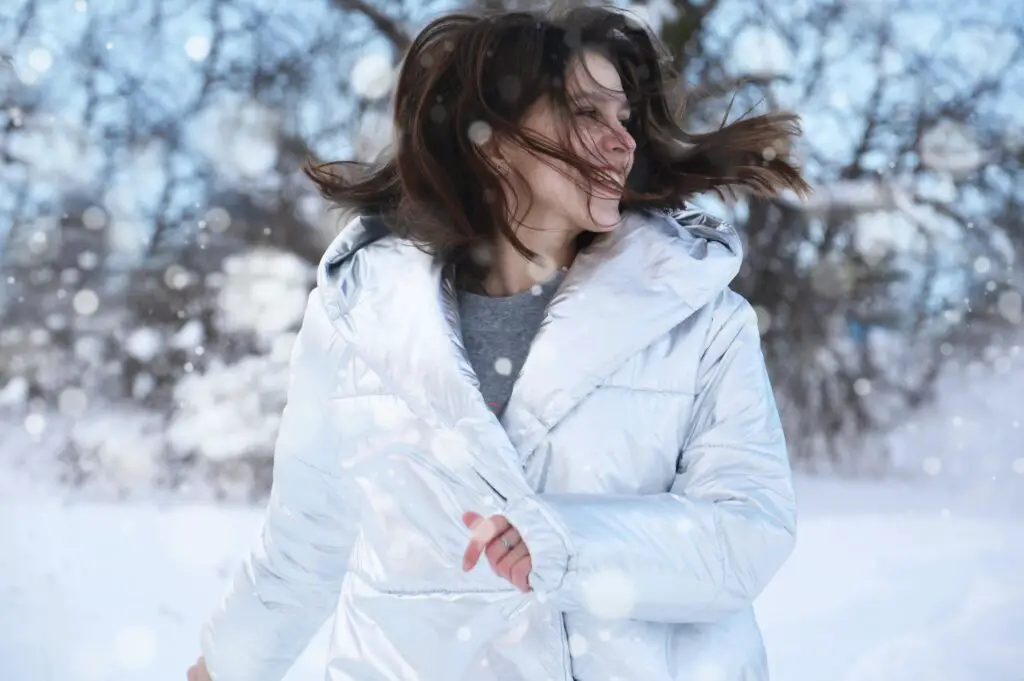Related Posts
Despite being a frequent sight in the winter, icicles or ice chunks can seriously endanger people’s safety. Icicles grow due to chilly nights and warm days. Watch for falling hazards in these conditions. There are certain things you need to learn about falling ice safety.
Tall structures, such as skyscrapers, can generate falling ice chunks, posing risks to pedestrians below. These ice pieces are generally not large or sharp enough to cause direct harm. However, they can still lead to cuts, bruises, or fractures. Despite their seemingly harmless nature, falling ice chunks contribute to injuries annually. Individuals should be aware of these potential hazards, especially in areas with frequent temperature fluctuations.
According to reports, in the US, falling ice chunks claim the lives of roughly 15 people yearly. A video showing fragments of ice striking a road after falling from a skyscraper has been trending on social media. Was anybody hurt? Learn more about falling ice safety by continuing to read.
The Story of the Falling Ice Chunks
The video captured icicles, or ice chunks, falling near the pedestrian walkway, startling bystanders. Fortunately, no harm occurred, but the falling icicles nearly struck a car, as shown in the video. So, the critical question of the day is: Who are we to blame?

Attorney Ugo Lord asserts there can be those responsible for natural tragedies, which challenges the belief that there is no accountability. He said that the skyscrapers ought to take responsibility for falling ice safety.
In cold climates, icicles form atop skyscrapers. When it warms, melting icicles pose dangers below. When unpreventable natural events cause damage or injuries, it’s an “Act of God,” shifting responsibility.
But that cannot be applied in this case, as there is a way of preventing ice chunks from falling. New York mandates tall buildings to remove hazards like falling ice chunks safely. This is known as premises liability. In other words, the skyscraper is liable for any damages that could have been prevented.
Where Are Falling Ice Chunks More Common
New Yorkers contend with falling snow and ice from tall towers almost every winter season. If you go to New York, you will see towering structures like skyscrapers all around you. They also carry a significant danger. Icicles typically appear in the winter or early spring as the ice dissolves in the warm weather.
No signs suggest the increasing occurrence of falling ice from skyscrapers will cease soon. So, if you plan on going to New York during these seasons, be aware of falling icicles.
As mentioned earlier, large ice fragments can forcefully impact the ground, causing harm to cars and pedestrians. According to numerous reports, New York City penalizes tall building owners for persisting hazardous conditions. In a civil lawsuit, these building owners can also be held liable for falling ice safety.
Why Are These More Common Now Than in the Past
A few main factors are mostly to blame for this: more tall buildings, increased energy efficiency, and innovative designs. In other words, the more skyscrapers we build, the higher the chance of ice chunks falling. What used to be a minor problem has become fatal.
Although energy efficiency is something to be proud of, many innovations have had unintended outcomes. In the past, heat escaping through ceilings, windows, and walls melt snow and ice on buildings.
Modern energy-efficient buildings trap less heat, leading to increased snow and ice accumulation. So, the increased temperature makes large volumes of ice melt and fall on the streets. Additionally, new building designs increase the amount of space available for snow and ice.
Architects prioritize aesthetics in building design, often neglecting the risk of snow and ice accumulation. Building owners should invest in safety features despite potential costs for a visually appealing yet secure structure.
How to Prevent Ice Chunks From Falling
Is falling icicles preventable? In most cases, yes; extra precautions against skyscrapers, tall buildings, and building sites could stop the ice rain that comes from them. These elements are sometimes disregarded while constructing or maintaining a structure because doing so would increase the expense to building owners.
At most, warnings are sent out stating that structures must safely remove snow and ice to ensure the safety of persons below. Building owners risk a $1,000 fee if they don’t follow through on this.
Some building owners may disregard the warning and pay the fee because this is usually less expensive than installing ice-prevention systems or hiring a team to remove snow and ice from a tall building.
How to Protect Yourself From Falling Icicles
It’s the responsibility of building owners to ensure the safety of others, but you should also take all reasonable precautions to protect yourself from harm.
- When walking in winter, keep your eyes open and try not to fixate too much on the ground.
- Keep an eye out for any ice on the roofs and sides of buildings, and while passing them, give them plenty of space.
- Ensure you follow any driving instructions or cautions from law enforcement or city officials and avoid any areas with caution tape on them.
- When ice starts to fall from a building, get away as soon as possible and find a safe place to hide until the ice shower passes.
Never forget that property owners, regardless of size, are accountable for their buildings and falling ice safety. Consult a premises liability lawyer if you suffer injuries from falling snow and ice.
